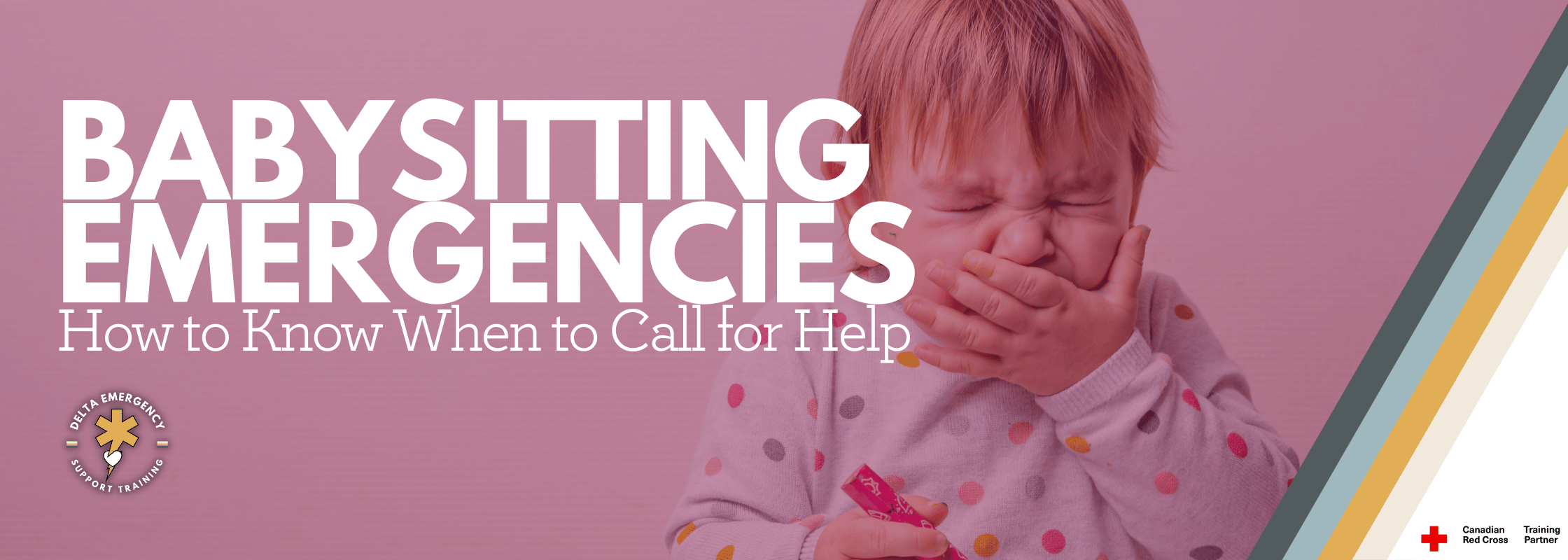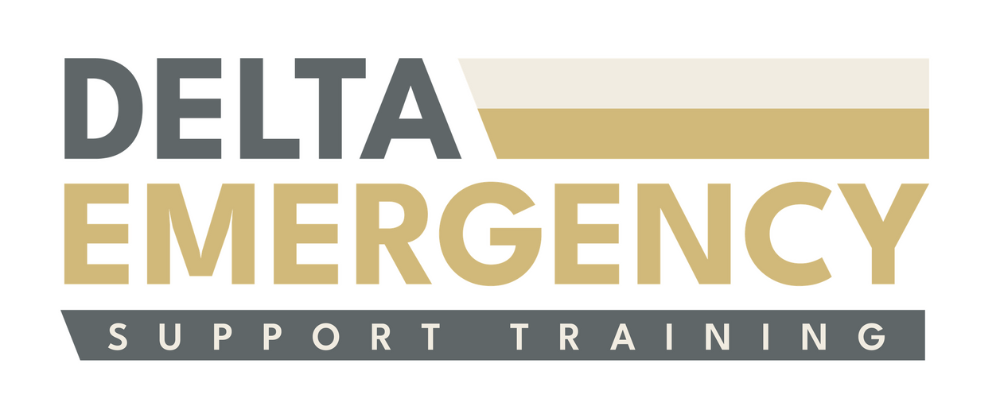Babysitting 101: Emergencies vs. Non-Emergencies — Knowing When to Act
/When you’re babysitting, you’re the responsible caretaker.
That means when something goes wrong, the child is looking to you — and it’s up to you to decide what to do next.
But not every problem is an emergency. Some situations need calm care and common sense, while others require calling for help immediately. Knowing the difference is one of the most important skills a babysitter can have.
🩹 What’s the Difference?
A non-emergency is a situation that can be handled safely without outside help.
An emergency is any situation that is life-threatening, worsening quickly, or beyond your ability to control.
When in doubt, treat it as an emergency — it’s always better to call for help than to hesitate.
🚨 Examples of Emergencies — and What to Do
Here are common emergencies babysitters might face, and how to respond safely and calmly:
1. The Child Is Unresponsive or Not Breathing
Emergency? Yes — life-threatening.
What to do:
Check responsiveness: Tap and shout the child’s name.
Call 911 immediately.
If trained, start CPR and follow dispatcher instructions.
Continue until help arrives.
If you’re babysitting alone, put your phone on speaker so you can listen to instructions while giving care.
2. Choking
Emergency? Yes.
What to do:
If the child can cough or speak, encourage them to keep coughing.
If the child cannot breathe, speak, or is turning blue, call 911 and begin back blows and abdominal thrusts (if trained).
For babies under one year, use five back blows and five chest thrusts.
Stay calm — your training and quick response can save a life.
3. Severe Bleeding
Emergency? Yes.
What to do:
Apply firm, direct pressure to the wound with a clean cloth.
Call 911 if the bleeding doesn’t stop or the injury is large or deep.
Keep pressure on until help arrives.
Never remove large objects stuck in the wound — stabilize them in place.
4. Allergic Reaction or Anaphylaxis
Emergency? Yes — especially if breathing is affected.
What to do:
Ask if the child has an epinephrine auto-injector (EpiPen).
Use it immediately if they are having trouble breathing, swelling of the lips or throat, or widespread hives.
Call 911 right after using the EpiPen.
Have the child sit upright to ease breathing.
Even if symptoms improve, they need medical attention — reactions can return.
5. Burns
Emergency? Sometimes.
What to do:
For minor burns (red skin, no blisters): Cool the area with cool running water for 10–20 minutes.
For severe burns, large areas, or burns on the face, hands, or genitals, call 911.
Never pop blisters or apply ice, butter, or creams.
6. Head Injury
Emergency? Possibly.
What to do:
If the child loses consciousness, vomits repeatedly, seems confused, or complains of severe headache — call 911.
For mild bumps with no serious symptoms, apply a cold compress and monitor closely for changes.
If in doubt, call the parents for guidance — and don’t let the child fall asleep until you’ve spoken to them.
7. Fire or Gas Leak
Emergency? Always.
What to do:
Get everyone outside immediately.
Do not go back inside.
Call 911 from a safe location.
Meet parents or emergency responders outside the home.
Remember: your safety and the child’s safety come first.
😌 Non-Emergencies (But Still Important!)
These are situations that babysitters can usually handle without calling 911 — but should still inform parents about.
1. Minor Scrapes and Cuts
Wash gently with soap and water.
Apply a small bandage.
If bleeding continues after 10 minutes, call the parents.
2. Nosebleeds
Have the child sit and lean forward, not back.
Pinch the soft part of the nose for 10–15 minutes.
If bleeding won’t stop or the child hit their head, call the parents.
3. Mild Allergic Reaction (Itchy Skin, Small Rash)
Keep the child comfortable.
Avoid the trigger if known.
Monitor closely for signs of breathing problems — if they develop, call 911 immediately.
4. Stomach Ache or Mild Fever
Encourage rest and fluids.
Take note of symptoms and temperature.
Call the parents to update them and follow their instructions.
If the child vomits repeatedly, becomes very lethargic, or complains of sharp pain — it may be turning into an emergency.
5. Emotional Upset or Tantrums
Stay calm, use a soothing voice, and redirect their attention.
Offer comfort, but maintain clear boundaries.
If the child is inconsolable or asks for their parents, reach out to them — it’s not an emergency, but communication matters.
📞 When to Call 911 vs. When to Call Parents
SituationActionUnresponsive, choking, or not breathingCall 911 first, then parentsSevere bleeding, burns, allergic reaction, head injuryCall 911 firstMinor injury, small cut, nosebleed, upset stomachCall parents firstFire, smoke, gas leakEvacuate and call 911 immediatelyUnsure what to doCall 911 — dispatchers will guide you step-by-step
💡 Pro Tip: Stay Calm, Stay Clear, Stay Connected
During your babysitter training at Delta Emergency Support Training, you’ll learn exactly how to stay composed under pressure, how to communicate clearly with dispatchers, and how to make safe decisions until help arrives.
Remember:
Stay calm and confident. Children mirror your emotions.
Stay clear on priorities: Safety first, care second.
Stay connected: Keep parents informed and never hesitate to call for help.
Final Thought
Emergencies don’t happen often — but when they do, your preparation matters.
Knowing the difference between a small problem and a serious emergency helps you act quickly, correctly, and confidently.
Whether it’s a scraped knee or a choking child, trained babysitters save lives — and that’s what sets you apart.




